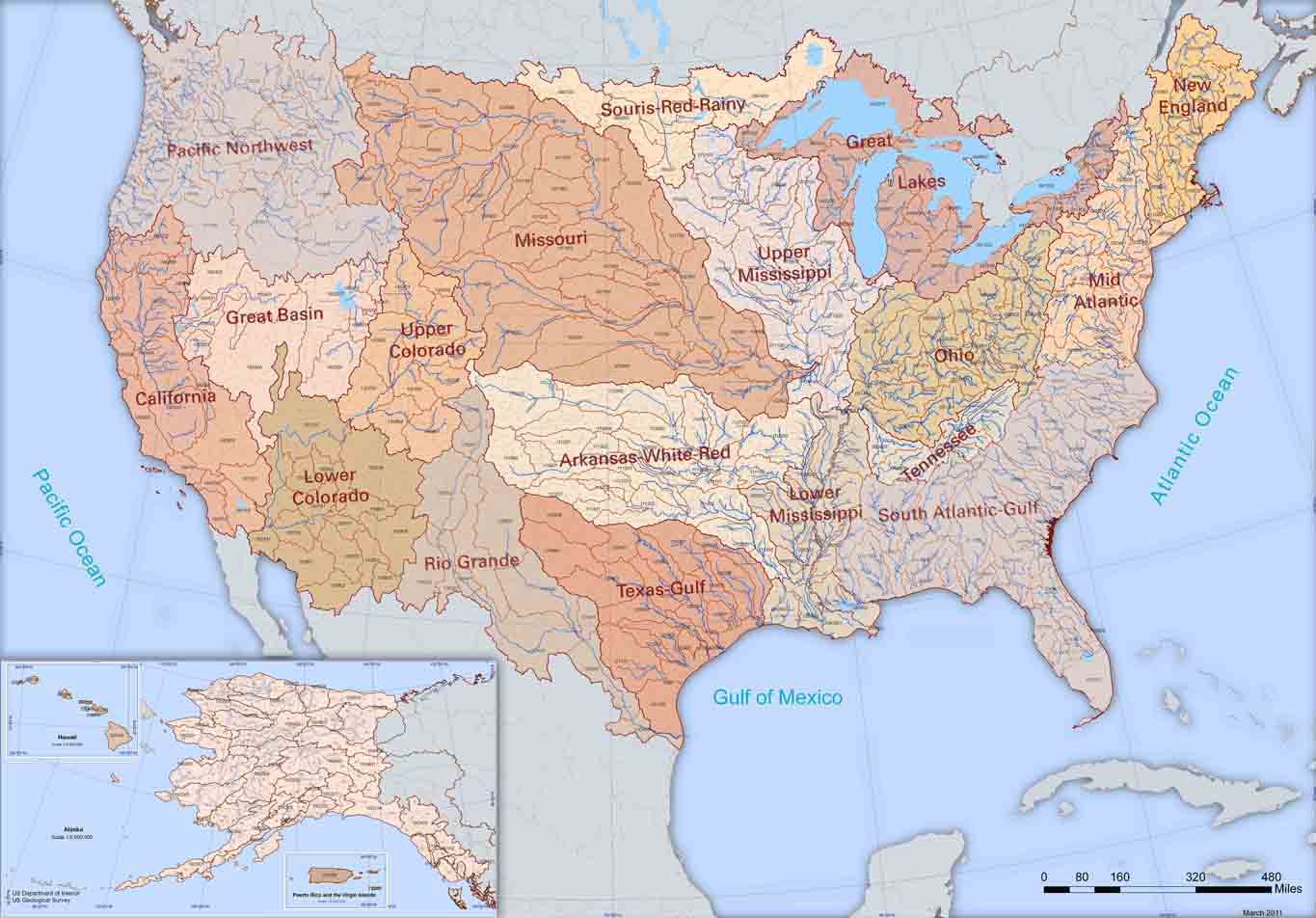+
+
Indoor
Get Informed
+
Contaminants
Primary Contaminants
+
Microbiological
IntroductionBacteriaE. ColiTotal Coliform BacteriaGiardia CryptosporidiumVirusesWaterborne Pathogens
+
Inorganics
IntroductionAntimonyArsenicBariumBerylliumCadmiumChromiumCopperCyanideFluorideLeadMercuryNitrates / NitritesSeleniumThalliumTurbidity
+
VOCs
IntroductionBenzeneCarbon TetrachlorideChloroform and TrichloromethaneEthylbenzeneMethylene Chloride- Dichloromethane (DCM)MTBE- Methyl tert-butyl etherTetrachloroethyleneXylenes
+
SOCs
IntroductionAtrazineAlachlorGlyphosate2,4-Dgamma-Hexachlorocyclohexane (Lindane)
Bis (2-Ethylhexyl) phthalate / DEHP
Herbicides, Pesticides, Insecticides, and Organochlorines
Bis (2-Ethylhexyl) phthalate / DEHP
Herbicides, Pesticides, Insecticides, and Organochlorines
+
Disinfection By-products
+
Radioactive Isotopes
+
Secondary Contaminants
+
Inorganics
IntroductionAluminumChlorideCopperFluorideIronManganeseSilverSulfate, Hydrogen Sulfide, Sulfate-Reducing Bacteria, and SulfurTotal Dissolved SolidsZinc
+
Conditions
+
No Standards Contaminants
+
Microbiological
+
Inorganics
+
Organics
IntroductionAcetoneGlycolsMethyl Ethyl Ketone (2-Butanone - MEK)NaphthalenePFOA PFOS PFAS PFCs (Perfluorinated Chemicals) - "Forever Chemical"
+
Gases
+
Conditions
+
Standards
+
Water Science Basics
+
Water in the Universe
+
Drinking Water Topics
+
Case Studies
+
Common Drinking Water Problems
+
Commercial
Get Tested
Get Treatment
+
Treatment Types
+
Treatment Topics
Get Tools
Get Training
Get Connected
Get Involved
+
Outdoor



